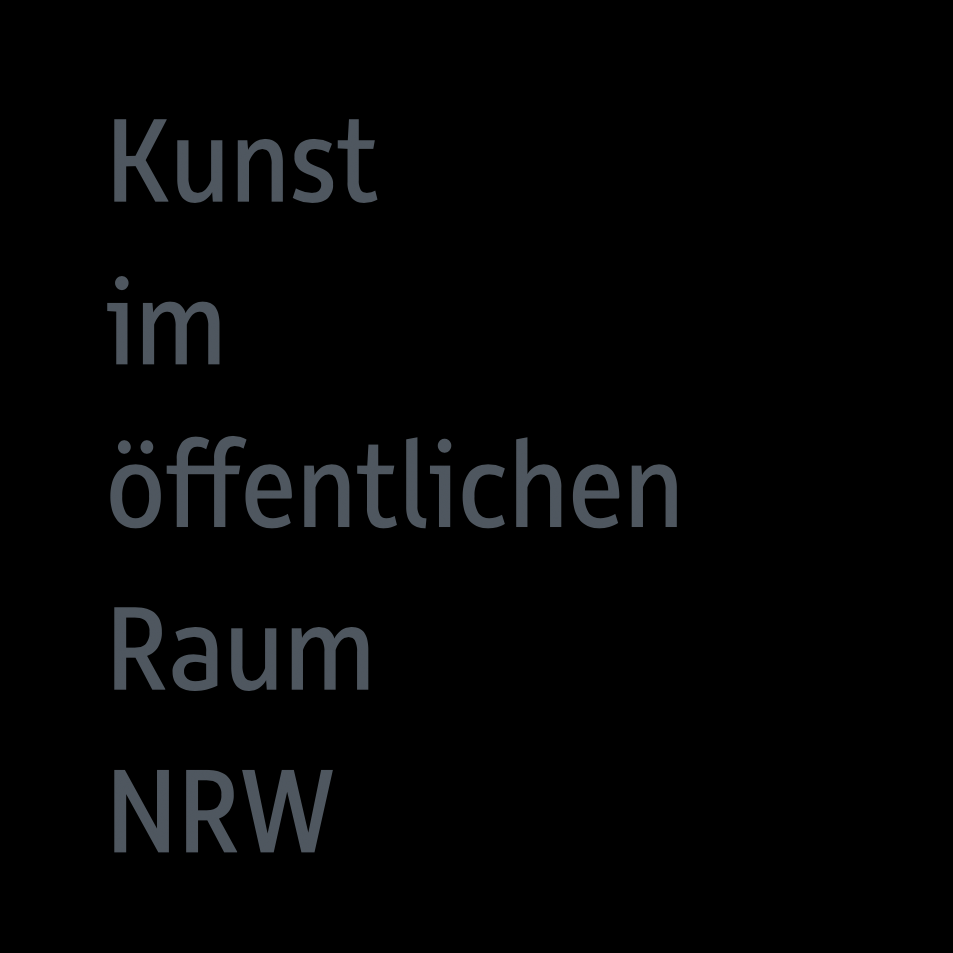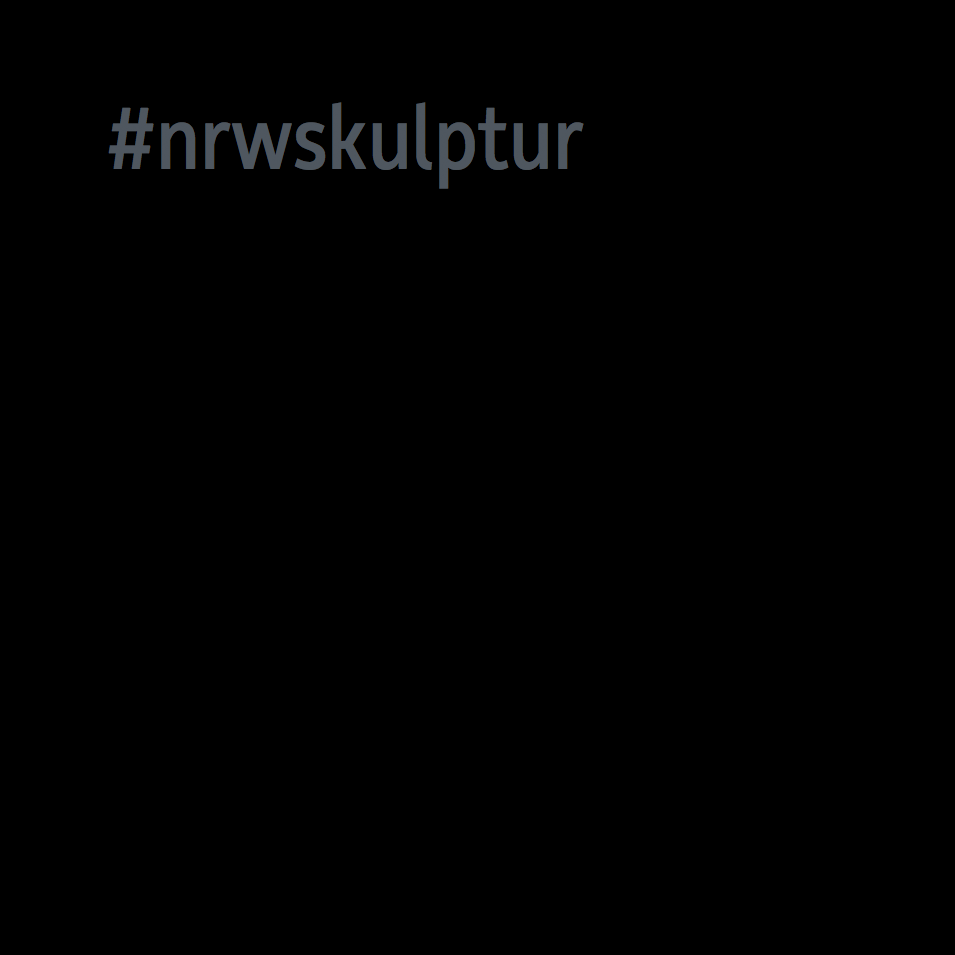Bergisches Land
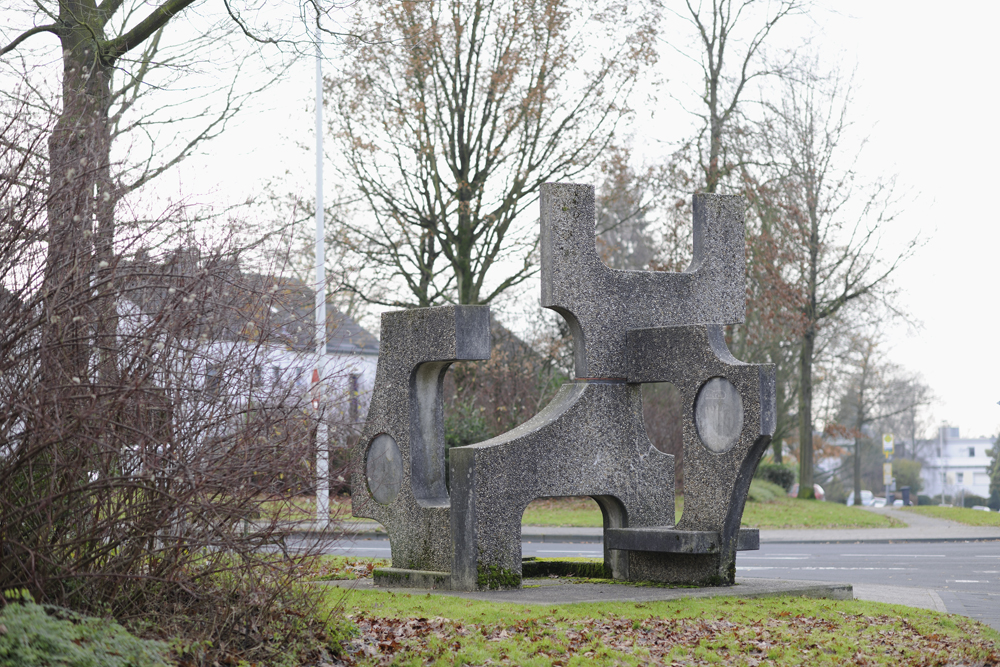
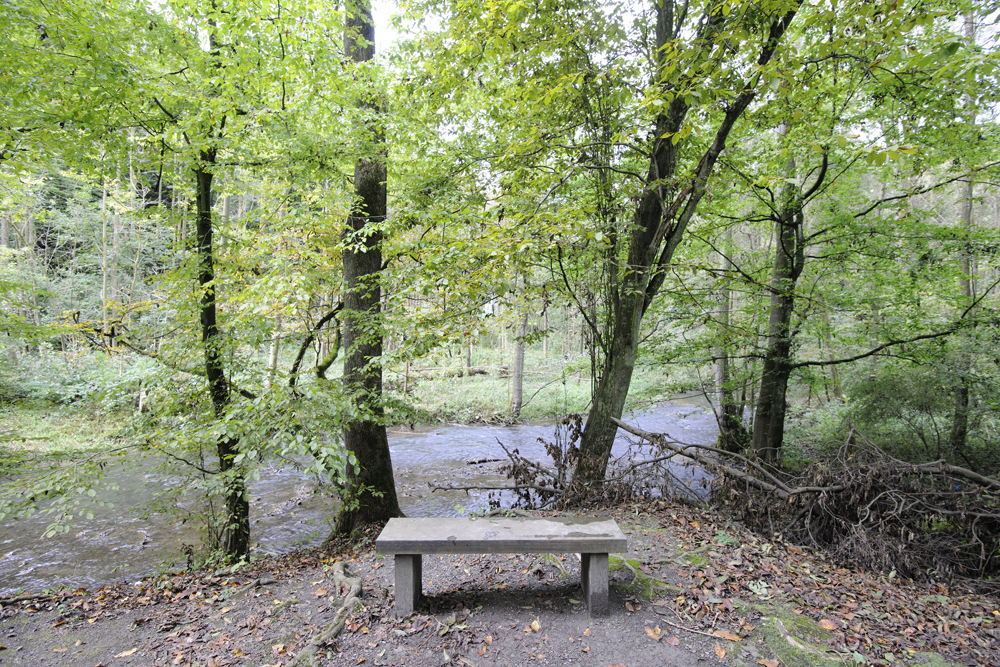
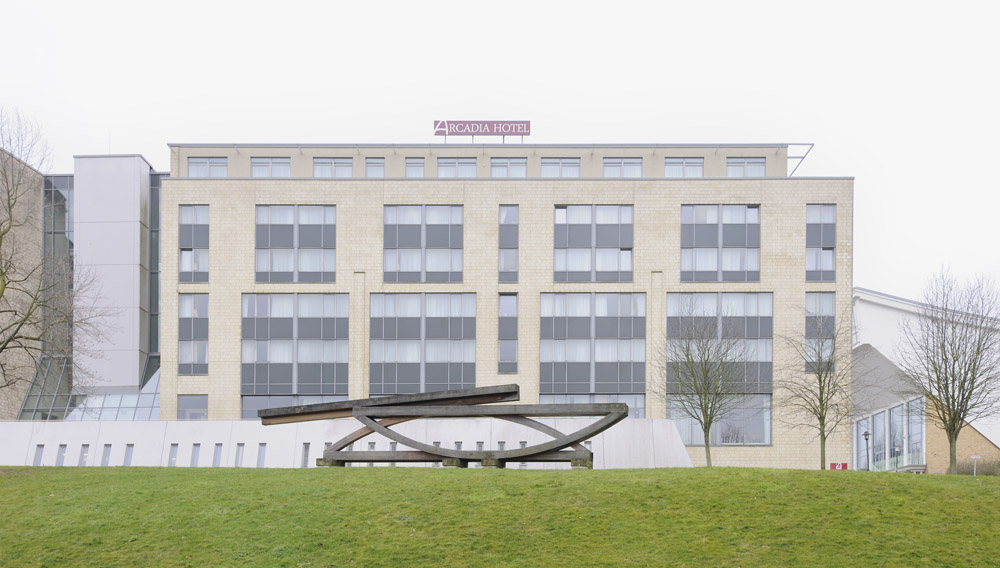
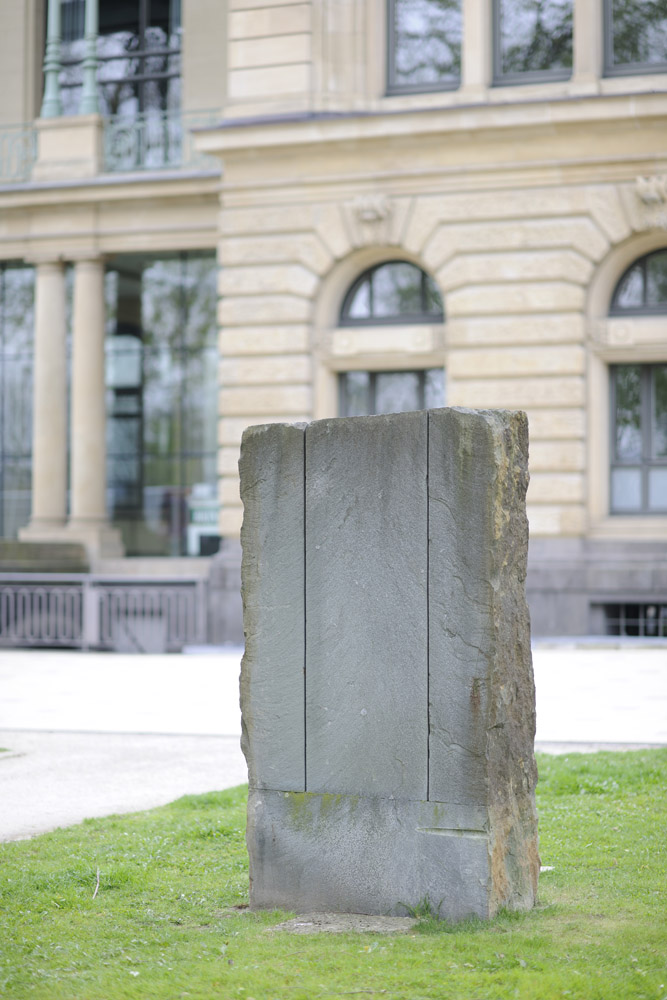
RIVERS, SOUNDSCAPES, AND CREATIVE THINKING
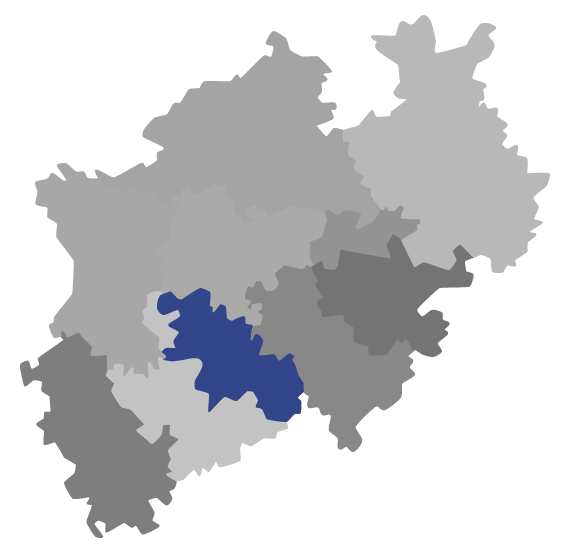
In addition to its beautiful natural landscapes, cities provide the Bergisches Land with a flourishing independent art and cultural scene, a diverse range of museums, and distinguished musical strengths.
The Bergisches Land brings together the natural and the cosmopolitan. The region comprises the cities of Wuppertal, Remscheid, and Solingen, as well as the Mettmann, Rheinisch-Bergische, and Oberbergische districts.
The Bergisches Land saw early development of its iron, paper, and textile industries. High levels of precipitation and a steep slope down to the nearby Rhine provided favorable conditions for the use of waterpower required by these industries.
Different locations specialized in the manufacturing of each product. For example, Solingen produced cutlery and Wuppertal produced textiles. In fact, Ratingen was home to the first textile factory on the continent, which is now used as a museum of industry. Today, the sites of small scale industry are unique spaces where nature, technology, and history come together.
The wooded, mountainous landscape encourages the small-scale structure of the Bergisches Land and has helped shape its people. Because of its difficult transportation routes, residents of the Bergisches Land have had to find distinct solutions for their technological, social, and cultural concerns. As a result, it is a region of inventors and innovators: the collapsible umbrella, aspirin, and X-rays were all developed here, to name a few examples. Limestone strip mining brought workers from other countries to the region. This increased diversity provided the Bergisches Land with new food for thought – creative thinking was and is appreciated.



